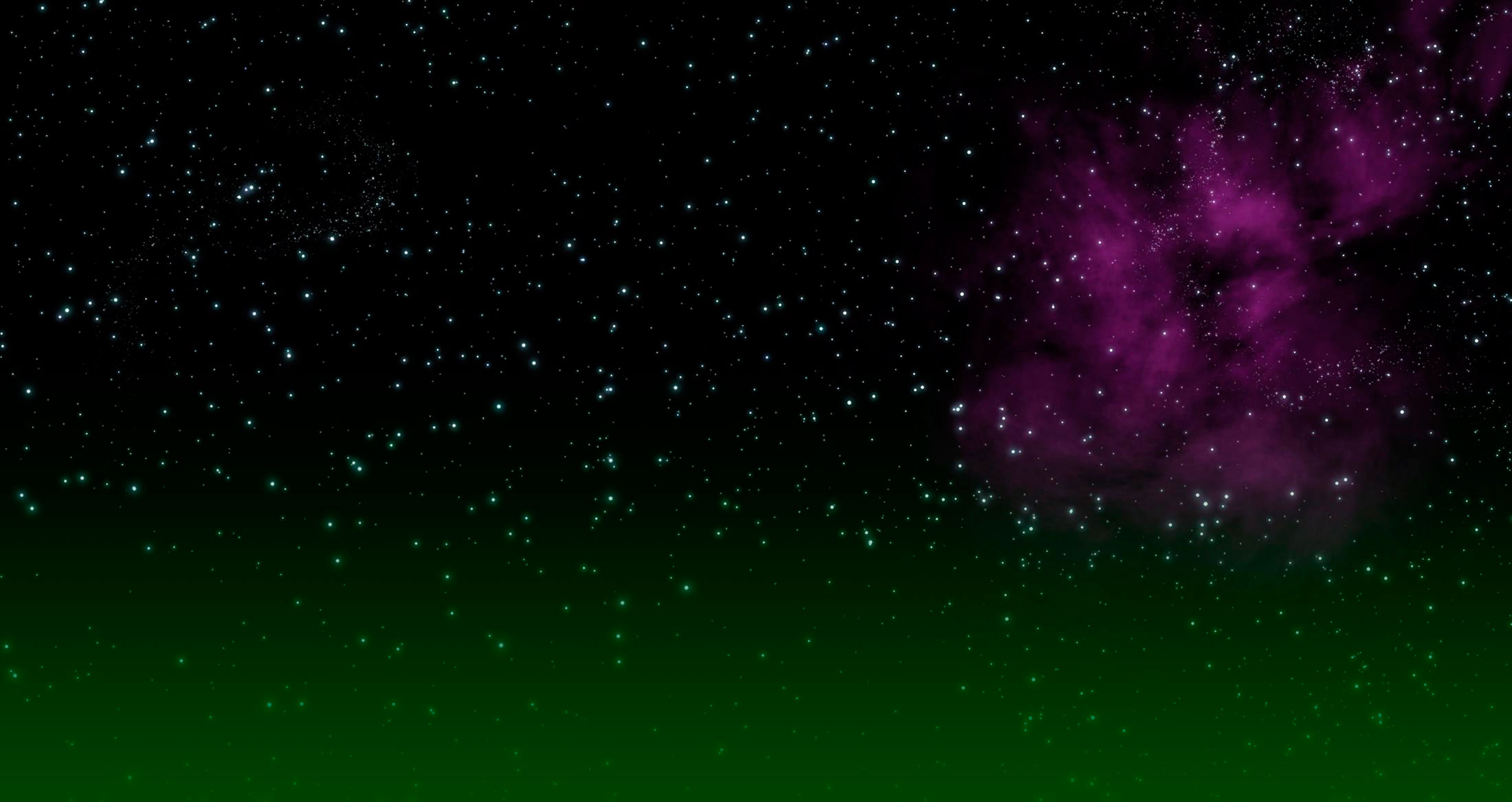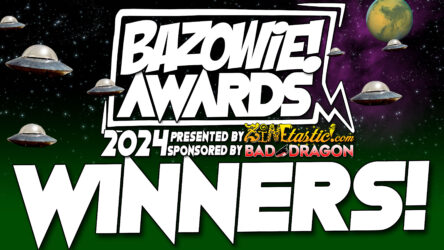The encyclopedia is not generally particularly regionally myopic, but I do not believe Devil’s Night is a primarily Detroit-based phenomenon. That said, this is still a fairly informative explanation.
Devil’s Night is one name associated with October 30, the night before Halloween, particularly in the metropolitan Detroit, Michigan, area, though it is also “celebrated” in other areas in the United States like Camden, New Jersey. It is also known as Mischief night, and in some areas “Cabbage Night”.
Traditionally, kids and teens in the Metro Detroit area play pranks on their neighbors on this night. Some of these pranks include ringing doorbells and running away; soaping or waxing windows; throwing eggs at houses and cars; overturning garbage cans; and draping trees with toilet paper. Devil’s Night is a long-standing Detroit tradition pre-dating World War II, with anecdotal incidents occurring as early as the 1930s.
Beginning in the 1970s the mischief became more destructive, particularly in Detroit’s inner-city neighborhoods, and extended into hundreds of acts of arson and vandalism. The destruction reached a peak in the mid- to late-1980s, with more than 800 fires set in 1984, and 500-800 fires in the three days and nights before Halloween in typical years.
In 1995, Detroit city officials organized and created Angel’s Night on and around October 30. Each year, as many as 40,000 volunteers are gathered to patrol neighborhoods and prevent crime. Additionally youth curfews of as early as 6pm are instituted on the days preceding Halloween. This has resulted in a decline to 50-60 fires per day in the days around Halloween.
Devil’s Night was chronicled in sociologist Ze’ev Chafets’ 1991 book Devil’s Night and Other True Tales of Detroit, and fictionalized in the 1994 movie The Crow. While the term is still well-known by Michigan residents, the news media in Detroit currently refer to the event as Angel’s Night in an effort to boost the efforts of the volunteers.
The name Devil’s Night or Mischief Night is used by various pranksters in the eastern U.S. and Canada, although the acts are far less destructive, criminal or violent. A survey done in the United States graphically shows the comparative popularity of various names for this night around the country. (via Wikipedia)
No tags for this post.










